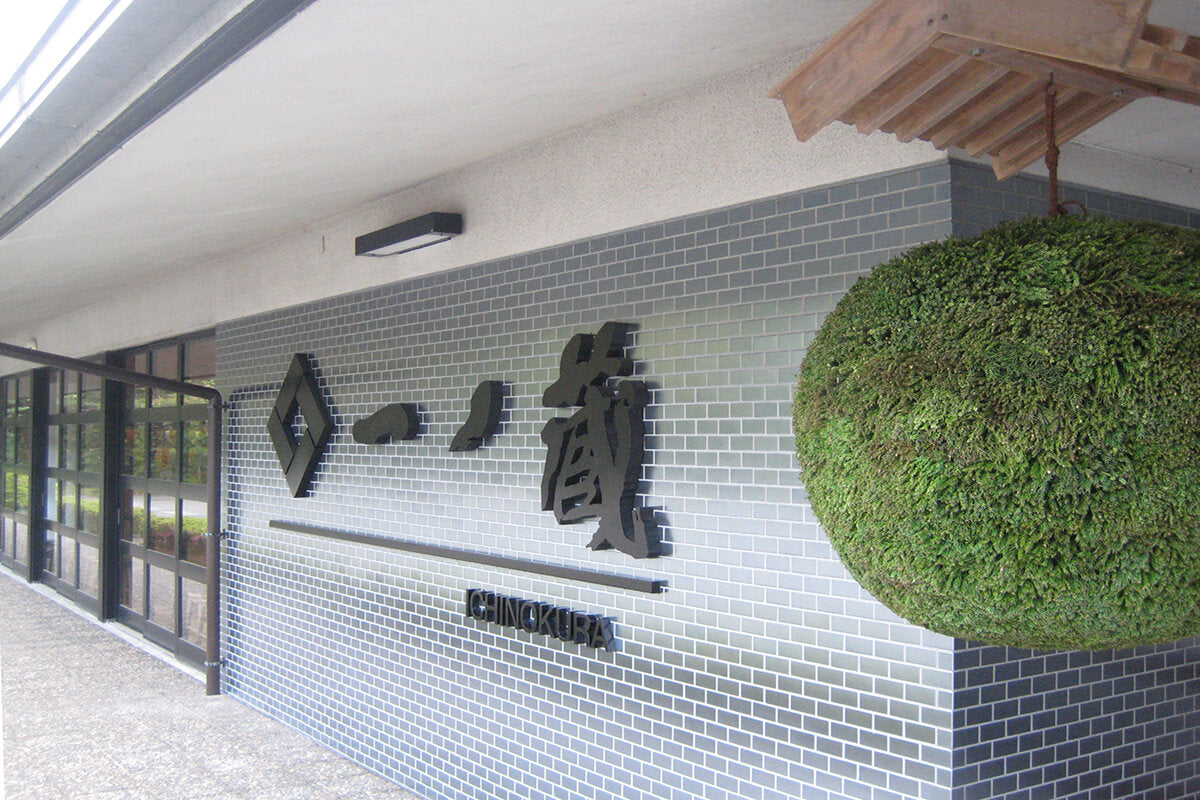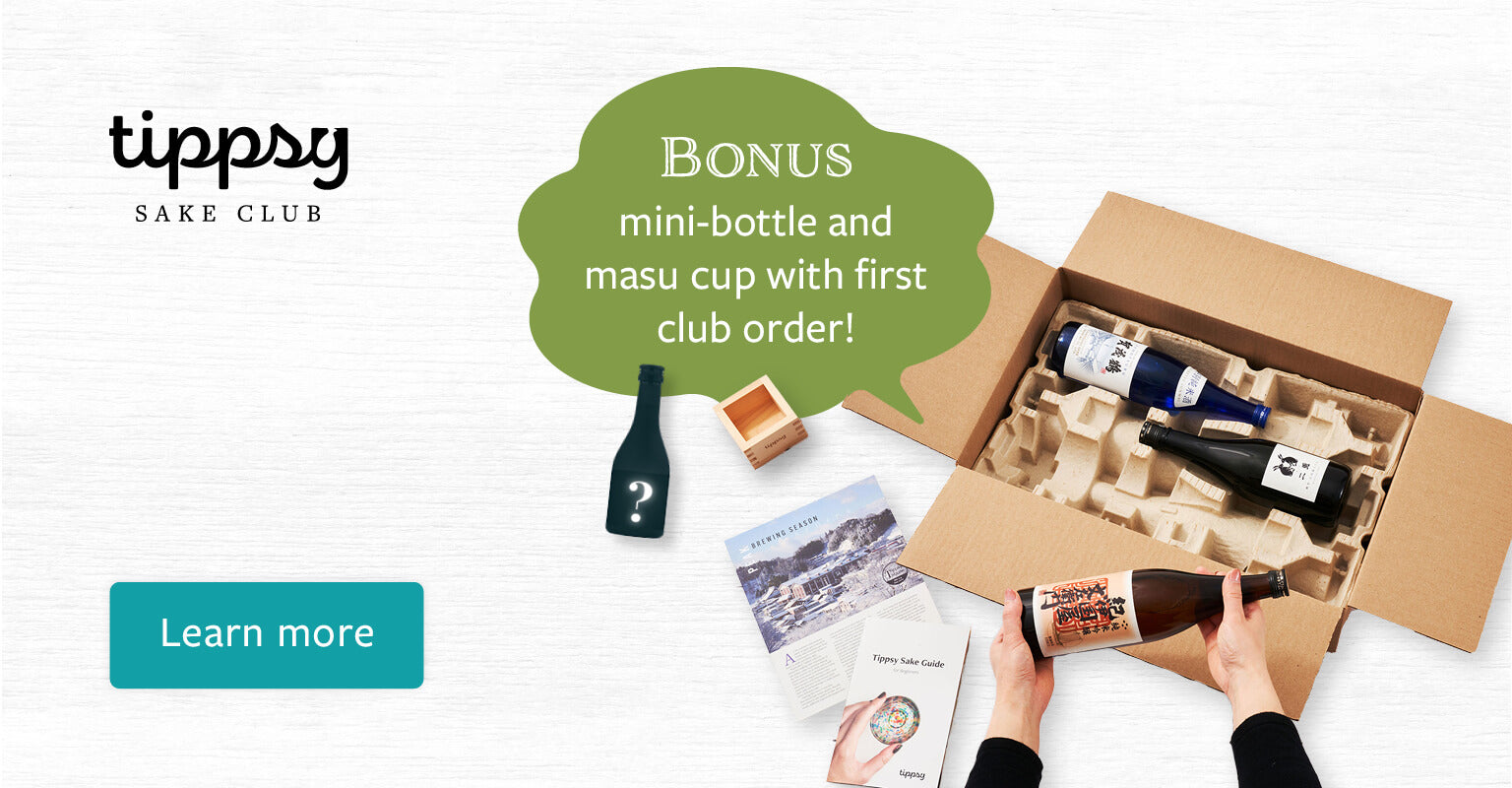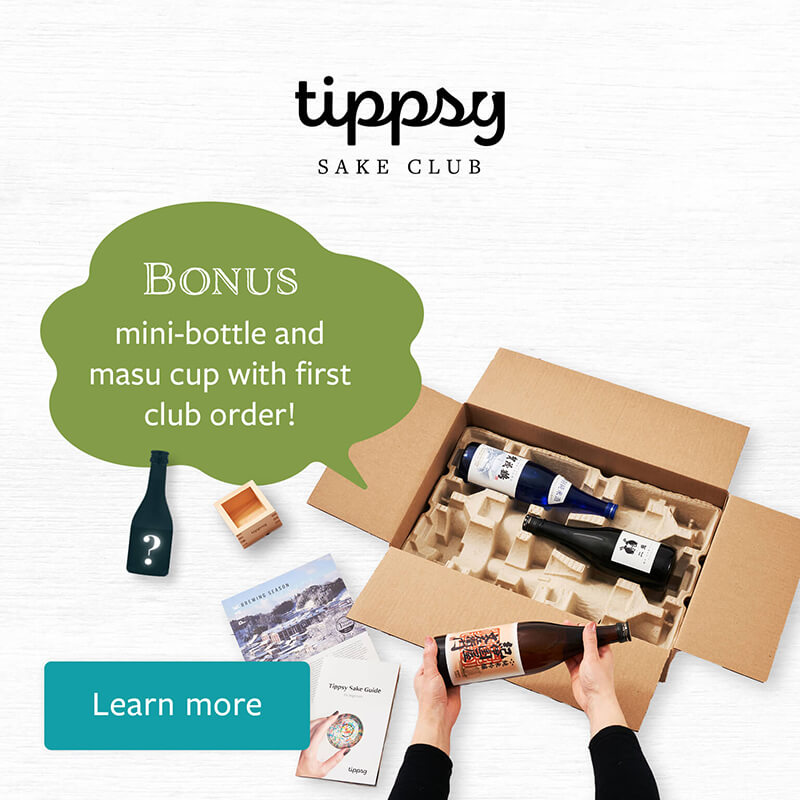Ichinokura “Himezen” Yuzu
Miyagi prefecture
Who needs limoncello?
Made with whole, peeled Tadanishiki yuzu from southern Miyagi prefecture, this lemon-like sake is sweet and tart, yet mild. Despite being made with “genshu” (undiluted sake), the final ABV is just 7.5%. Kick off your evening with “Himezen” Yuzu as an aperitif, or top off your sushi or chicken teriyaki dinner with a glass for dessert. In the winter, enjoy it warm. Savor its pure taste, no sugar added.
Characteristics
| Brand | Ichinokura |
| Brewery | Ichinokura |
| Category | Other |
| Subcategory | Flavored |
| Taste Profile | Rich & Sweet |
| Rice variety | Toyonishiki |
| Yeast variety | Association No. 901 |
| Alcohol | 7.5% |
| RPR | 65% |
| SMV | -65.0 |
| Acidity | 6.5 |
Serving Temperature

-
 Recommended
Recommended
-
 Not Recommended
Not Recommended
Region

Ichinokura is made in Miyagi prefecture in the Tohoku region.
Taste Metrics
Tasting Notes
-
Yuzu

Recommended Pairing
-
Aperitif

-
Meat

-
Veggies


Ichinokura
Thirty miles north of Sendai in Miyagi prefecture, Ichinokura started in 1973 by combining four local premium sake breweries. Their policy hasn’t changed since its inception that all brewing processes must be done by hand. Sake brewing requires all human senses and the physical involvement of touching, tasting and smelling in the production; they believe this is the only way to brew high quality sake. Making the best sake with a new start was undoubtedly a challenge, but they’ve succeeded in creating multiple sensational products over the years and have become one of the best known breweries in Japan, maintaining a decades-long history of export as well.
Learn more

Customer reviews
Tippsy Sake Club
Our sommelier will recommend sake according to your taste when you join Tippsy Sake Club. Also enjoy:
- Members-only prices
- Discounted shipping
- An exclusive sake cup with your first club order
- and more!
All about sake
-
 Introduction
Introduction
Welcome To Your Sake Journey!
-
 Lesson 1
Lesson 1
What Is Sake?
-
 Lesson 2
Lesson 2
What Is Sake Made of and How Is It Made?
-
 Lesson 3
Lesson 3
What Is Rice Polishing Ratio?
-
 Lesson 4
Lesson 4
Types of Sake
-
 Lesson 5
Lesson 5
How To Store Sake
-
 Lesson 6
Lesson 6
How To Drink and Serve Sake
-
 Lesson 7
Lesson 7
Food Pairing Guide
-
 Lesson 8
Lesson 8
Best Sake Bottles and Brands for Beginners




